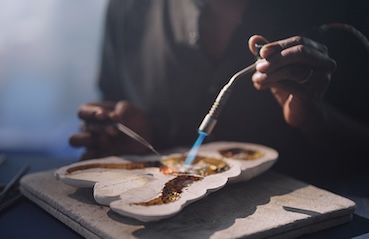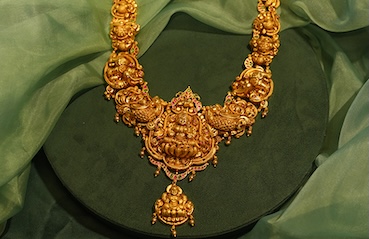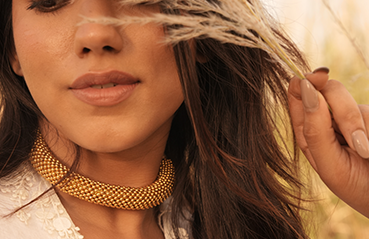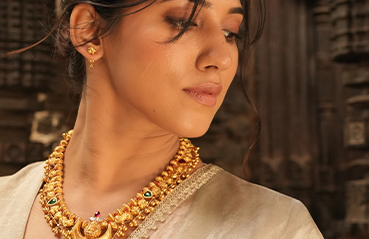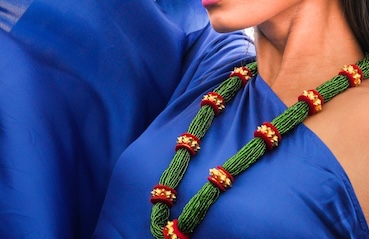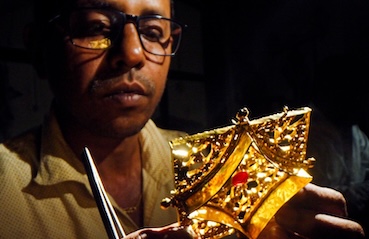Published: 02 Aug 2017
The Significance of Gold on Gudi Padwa

The spring season is considered auspicious in native cultures around the world as a mark of new beginnings. In India, springtime ushers in the Hindu New Year according to the lunisolar calendar.
Falling in the Hindu calendar month of Chaitra, Gudi Padwa is widely celebrated by the Maharashtrian community both in their home state and globally. It originated as a harvest festival that marks the beginning of a new season and the end of another.
Interestingly, New Year’s Day is celebrated on the same day as Putthandu in Tamil Nadu, Ugadi in Karnataka and Andhra Pradesh, and Cheti Chand of the Sindhi community around the world.
A celebration of new beginnings
Gudi Padwa combines two terms, Gudi Dhwaja (a flag or emblem symbolising Lord Brahma) and Padwa (the first day of the bright phase of the moon). It is common to see numerous Gudi arrangements in every household that celebrates the festival.
A yellow cloth is tied to the top of a pole and decorated with strings of sugar crystals along with garlands of flowers and mango leaves. A silver or copper vessel is placed in an inverted position atop the pole. This is the ‘Gudi’ that adorns the entrance of homes at this time.
Gudi Padwa marks the arrival of spring and the harvesting of Rabi crops, dating back to a mythical time when Lord Brahma, the Hindu god of creation, is believed to have created time and the universe.
Gold and Gudi Padwa: A timeless tradition
Festivals are considered an auspicious occasion to buy gold in Hindu tradition because gold is a symbol of prosperity and good luck. Gudi Padwa is no different, and buying gold on this auspicious day is believed to bring prosperity and wealth.
Maharashtrian families buy different types of traditional gold jewellery on this day. This includes bangles like patlya, bangdya, and tode, necklaces like tanmani, and amulets such as bajuband. The Maharashtrian nath or nose jewellery is one of the community’s most prized possessions, and Gudi Padwa is a good day to invest in these.
How to invest in gold this Gudi Padwa
Jewellery is the most popular form of gold that is purchased during Gudi Padwa. Gold jewellery is often accentuated by the use of precious gems and stones to enhance its look. Jewellery is often passed on to future generations as family heirlooms, which adds emotional value that goes beyond the price of the piece.
Additionally, an easily accessible way of diversifying one’s investments is to purchase gold bullion in the form of coins or bars. Physical gold – in the form of both jewellery and bullion – offers protection in the event of a financial crisis.
Another option that attracts the newer generation is gold exchange-traded funds (ETFs). Just like solid gold, these are an excellent investment option as they act as a hedge against market volatility. Gold ETFs also allow ease of investment and offer tax benefits.
Gold mutual funds are open-ended schemes that invest in units of gold ETFs on the investor’s behalf. Equity-based gold funds, on the other hand, are funds that invest in the equity of gold mining companies.
Conclusion
As with most traditions, the practice of purchasing gold during festivals has an underlying rationale. Cultivating a healthy investment habit and owning an asset with high liquidity such as gold can offer great financial security during uncertain times – in addition to assured returns.
